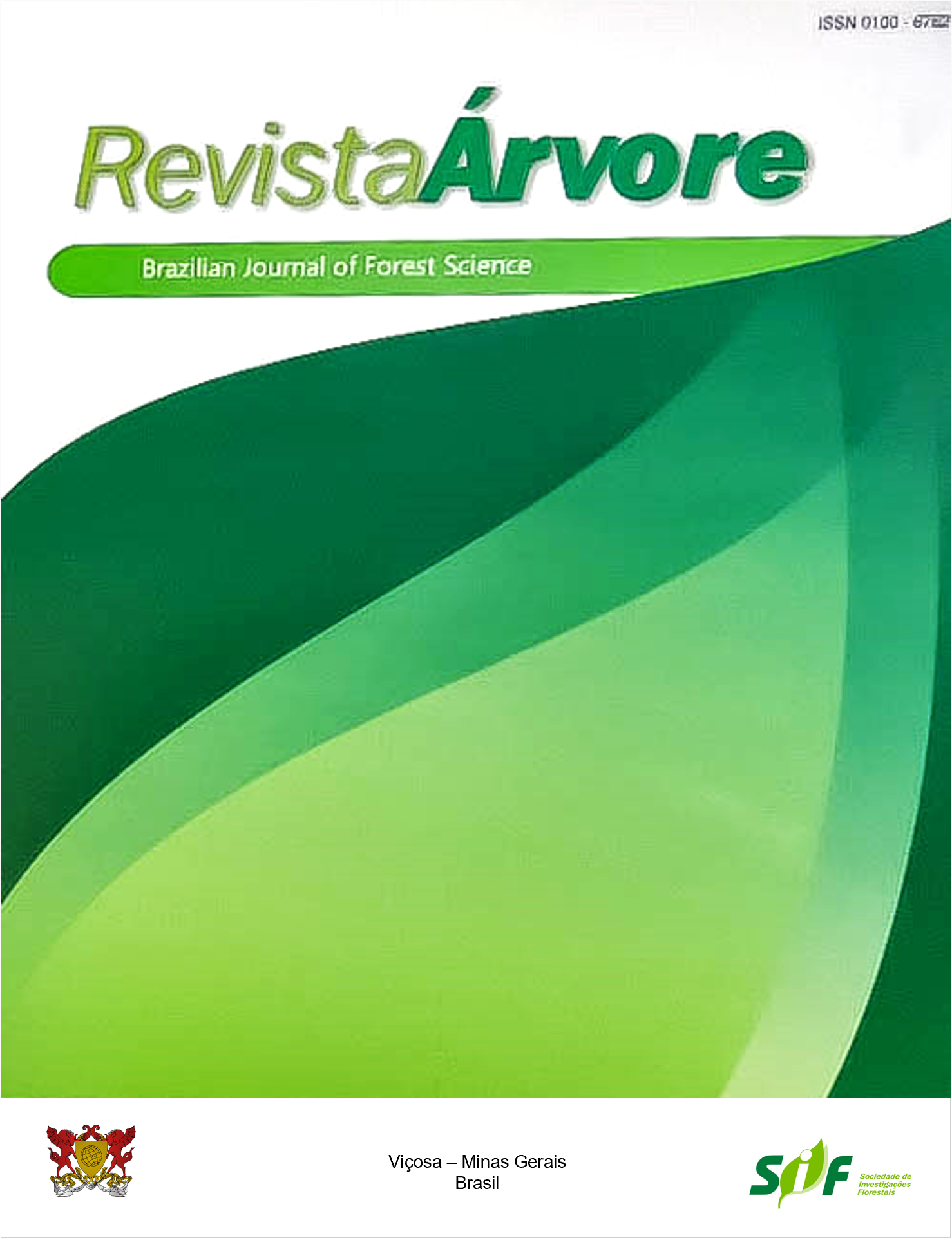WOOD AND CHARCOAL PRODUCTION IN THE KILN-FURNACE SYSTEM: HOW DO THE COSTS AND REVENUES VARIATION AFFECT ECONOMIC FEASIBILITY?
Keywords:
Risk analysis, Sensitivity analysis, Sustainable steelmakingAbstract
Traditional methods of economic evaluation of wood and charcoal production projects are based on indicators analysis, however, they are subject to market variations and uncertainties. The study was carried out in the city of Lamim, Minas Gerais State, to evaluate the economic viability of wood and charcoal production using the kiln-furnace system, due to the need to know the economic viability of this new production system. Sensitivity analysis using the Monte Carlo technique was performed on costs and revenues. The wood and charcoal production cash flow was elaborated and the following criteria were used in the economic analysis: Net Present Value (NPV), Benefit-Cost Ratio (BCR), Equivalent Periodic Value (EPV), and Internal Return Rate (IRR). The wood and charcoal production sensitivity analysis was carried out using the software @RISK, according to the VPE parameter, which allows comparing projects with different durations. Wood production was economically viable, with NPV of $40.26 ha-1 and EPV of $ 16.80 ha-1, with an average production cost of $13.51 m3 wood-1. The EPV mean value found in the sensitivity analysis was $18.33 ha-1. The charcoal production was economically viable, with NPV of $4.43 mdc charcoal-1 and EPV of $3.52 mdc charcoal-1. The EPV mean value found in the sensitivity analysis was $9.80 mdc charcoal-1. It was possible to conclude that the wood and charcoal production are economically viable in the region.
Keywords: Risk analysis; Sensitivity analysis; Sustainable steelmaking
Downloads
Published
How to Cite
Issue
Section
License
Copyright (c) 2021 Revista Árvore

This work is licensed under a Creative Commons Attribution 4.0 International License.
All authors agreed to submit the work to Revista Árvore and granted the exclusive license to publish the article. The authors affirm that it is an original work and has not been previously published elsewhere. The scientific content and opinions expressed in the article are the sole responsibility of the authors and reflect their opinions, not necessarily representing the opinions of the editorial board of Revista Árvore or of the Society of Forest Investigations (SIF).




